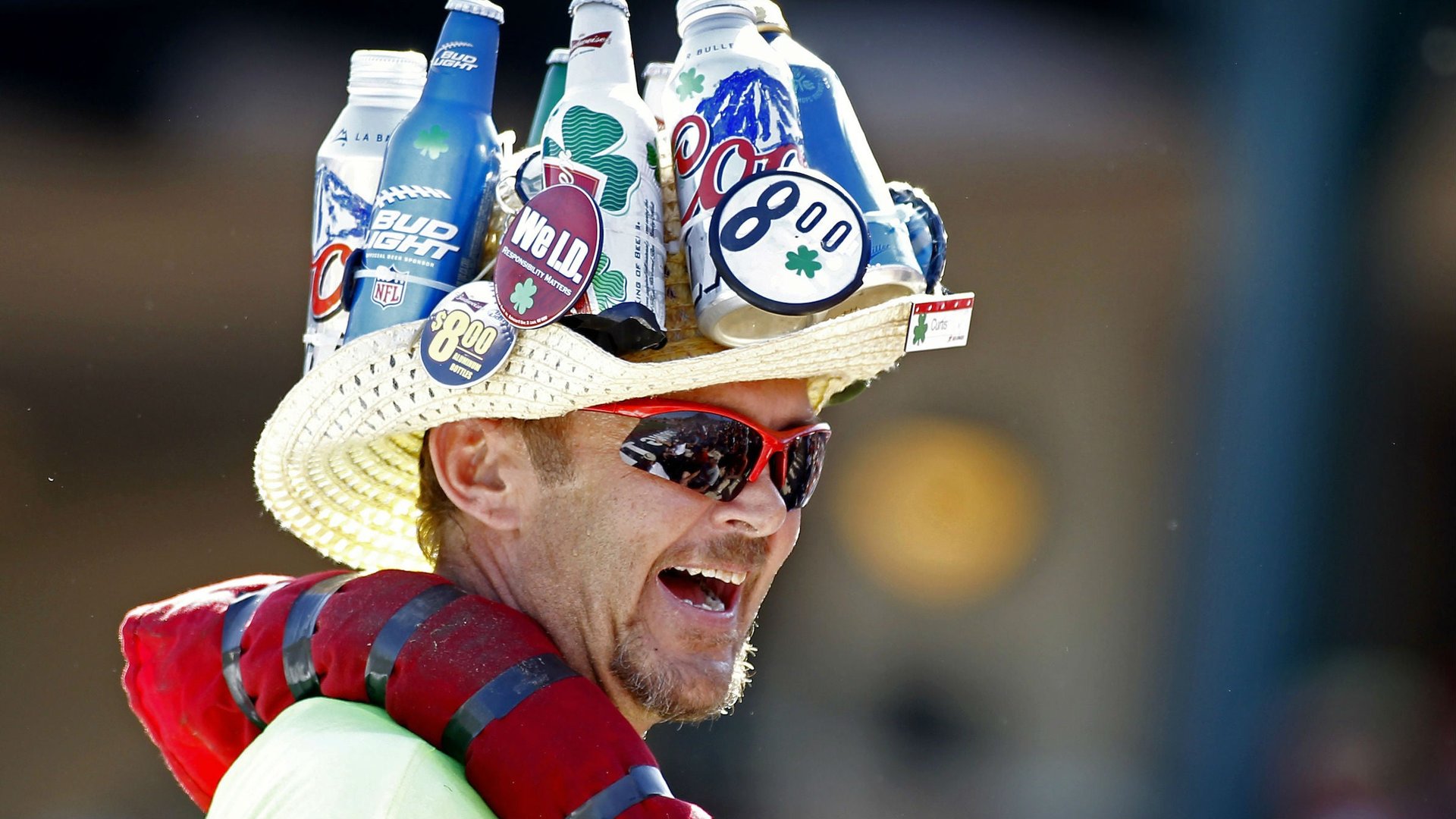Americans are trading in their cheap beer for premium liquor
Falling beer consumption in the US over the past several years has been attributed mostly to an economic downturn that’s squeezed middle class families. Beer shipments rose instead of fell last year, the first time since the financial crisis, a hopeful sign that the beer-guzzling economy was finally recovering.


Falling beer consumption in the US over the past several years has been attributed mostly to an economic downturn that’s squeezed middle class families. Beer shipments rose instead of fell last year, the first time since the financial crisis, a hopeful sign that the beer-guzzling economy was finally recovering.
Even so, new American drinking habits may be taking hold. According to a new survey by the polling firm Gallup, the proportion of Americans under the age of 30 who said beer was their preferred drink has fallen by 30 percentage points since the early 1990s. Today, only 41% of respondents under the age of 30 said they drink beer most often, compared with 71% in the early 1990s. More are choosing wine and to a larger extent liquor.
There are a few theories about why. One is that Americans are becoming more health-conscious and moving away from calorie-and-carb-heavy beer. (The rationale has also been applied to the fall in soda consumption and increase in bottled water sales.) A television ban of liquor advertising that expired in 1996, as well as the popularity of booze-heavy television shows like “Sex and the City” and “Mad Men,” may have rekindled a US cocktail culture (paywall).
Another theory is that Americans are moving up the value chain in alcohol taste. Demand for high-end liquor is growing. This week, Diageo, the world’s largest spirits producer credited an increase in premium whiskey sales in the US for a rise in quarterly profits. Beer consumption has fallen about 10% over the past decade, but imported beer as well as craft beer sales appear healthy.
Whatever the reason, liquor makers are happy about it. Sales of distilled spirits have risen about 20% over the past decade. To borrow from an American drinking expression: Liquor is quicker.